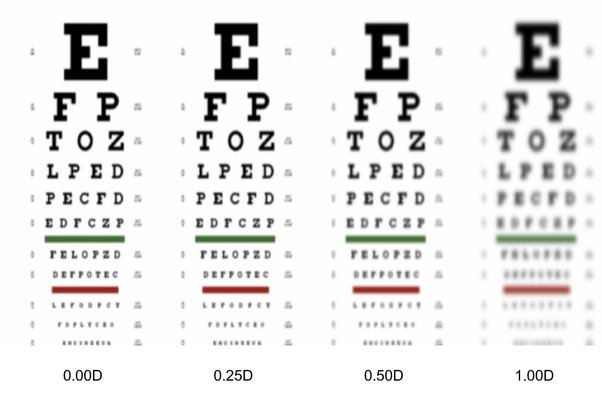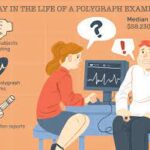
Introduction to -5.5 Vision
Definition of -5.5 vision
-5.5 vision refers to a refractive error or focusing problem in the eye causing moderately blurred distant and near vison. The number indicates the optical power needed to correct it.
Overview of how -5.5 vision affects
In -5.5 vison, light entering the eye is focused too far in front of the retina rather than directly on it. This causes blurred vison at all distances without correction.
Prevalence of -5.5 vison in the population
-5.5 vision affects approximately 5-10% of adults to some degree. It is one of the most common vison anomalies globally.
Importance of early detection and treatment
Catching and correcting -5.5 vision early is critical for preventing permanent vison loss, eye strain, headaches, poor school performance, and impaired driving abilities.
Causes of -5.5 Vision
Overview of the anatomy of the eye
The cornea and lens normally focus light directly onto the retina. Refractive errors like -5.5 vison occur when light is focused incorrectly.
Common causes of -5.5 vision
-5.5 vison is commonly caused by genetics, aging, eye trauma, disease, or shape abnormalities distorting light refraction.
Risk factors for developing -5.5 vision
Known risk factors include family history, diabetes, high nearsightedness, premature birth, and genetic disorders like Down syndrome.
Prevention strategies for -5.5 vision
While genetics play a major role, protecting eyes from injury and radiation may help reduce risk. Catching underlying medical conditions early provides the best prevention.
Symptoms of -5.5 Vision
Overview of common symptoms
The main symptoms are moderately blurred vison both up close and at a distance and difficulty focusing. Headaches, eyestrain, and fatigue from squinting to see often occur.
How -5.5 vision affects daily activities
Reading, driving, computer use, schoolwork, sports, and tasks requiring acute vison are challenging without correction. Eye fatigue can result.
When to seek medical attention
See an eye doctor promptly if experiencing difficulty seeing or persistent eye discomfort. Catching -5.5 vision early prevents complications.
Complications of untreated -5.5 vision
Left untreated, symptoms worsen over time. Long-term risks include lazy eye, loss of visual acuity, headaches, learning problems, and impaired coordination.
Treatment Options for -5.5 Vision
Overview of treatment options
The main treatment options include corrective lenses like glasses or contacts, refractive surgery, and orthokeratology.
Pros and cons of each treatment option
Glasses are affordable but inconvenient. Contacts enable more activities but require care. Surgery permanently corrects vison but has risks. Ortho-k lenses worn at night reshape the cornea.
How to choose the best treatment option
The ophthalmologist will determine the safest, most practical option based on the patient’s lifestyle, occupation, age, and health profile.
Cost and insurance coverage
Vison insurance typically covers some or all of the cost of corrective lenses and refractive surgery procedures. Ortho-k is usually paid out-of-pocket.
Living with -5.5 Vision
Coping strategies
Using prescribed corrective lenses, getting enough rest, using glasses with screens, and vison therapy help manage symptoms.
How to manage -5.5 vision in daily life
Sit close to screens, use large fonts, take breaks while reading, and request accommodations at school or work to reduce eye strain.
Support resources
Eye doctors, visio therapists, school nurses, workplace disability services, and online forums provide resources for living well.
Future research and developments
Research into slowing progression, improved surgery techniques, and treatments to permanently correct -5.5 vison aims to improve patient outcomes and quality of life.
Conclusion
-5.5 vision is a common refractive error causing blurred distant and near visio which can profoundly impact daily functioning. However, effective treatments like corrective lenses, refractive surgery, and orthokeratology are available, especially when the condition is caught and addressed early. With proper management, those with -5.5 vison can live full, active lives and protect their long-term visio health.






